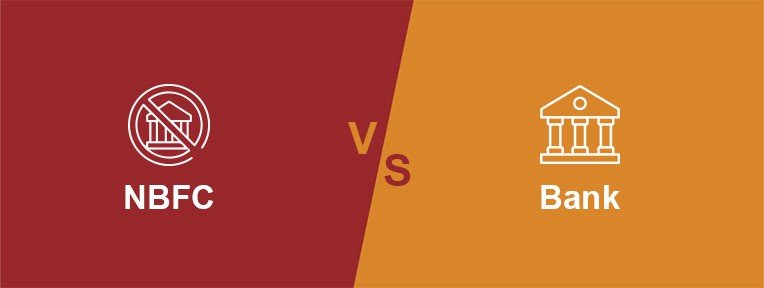An education loan refers to a loan borrowed from public or private money-lending sources to finance education-related expenses. Since higher education is becoming costlier with each passing year, in such a scenario it is very difficult for parents to afford the funding of higher education for their kids. So, many of them have to resort to education loans as financial aid, which covers the cost of studies and other education-related expenses.
Course flexibility
The banks generally offer education loans to reputed universities in India and abroad. The category of courses covered differs across graduate, postgraduate, and diploma courses. NBFCs offer education loans to a wider category of offbeat courses across different colleges. However, the interest rate varies for different colleges. The interest rate is lower for the top-notch universities and higher for the others.
Expenses covered
The banks leave a margin of 15-20%; that is, it generally cover 80-85% of the total educational expenses, including tuition fees, exam fees, travel fees, accommodation fees etc. Whereas NBFCs cover 100% of the total educational expenses, including travel fees, tuition fees, exam fees, etc., without any margin money.
Loan procurement
the loan procurement is strictly regulated in the banks which only give educations loans for the courses with well-defined job prospects ensuring good future potential income. NBFCs are much more relaxed and flexible on loan procurement and offer loans for many more courses on simpler terms.
Processing time
The banks approve and sanction loans based on the credit history of the borrower. They approve and sanction loans quickly for the reputed courses promising job prospects. Whereas, NBFCs approve and sanction loans at a much faster rate regardless of the course type and the college.
Processing fees
The banks charge 0.5-2 % processing fees for their operation charges. Whereas the processing fees charged by the NBFCs vary from 1% to 2%.
Security collateral
The banks require collateral security for loans above Rs. 7.5 lakhs in case of abroad education. They are approved on the basis of the security provided by the borrower to the bank. Whereas NBFCs ask for collateral security on the basis of the loan amount borrowed and the credit history of the borrower.
Loan amount
The banks generally have an upper limit on the amount of loan borrowed depending on the course type and the ranking of the college. NBFCs do not have a cap on the loan amount borrowed. The structure and sanction of their loans are as per the requirement of the borrower, irrespective of the college and the course type.
Interest rates
Interest rates are calculated by banks according to the current base rate of the bank. In case of overseas, it generally varies from 10.5-12% for secured loans and 10.75-14%for unsecured loans. In case of domestic loans interest rate varies from 9-14% On the other hand, the interest rates offered by NBFCs range between 9- 12% for secured and unsecured loans.
Moratorium period
The moratorium period of the banks vary from 6 months to 1 year. Whereas, NBFCs provide a moratorium period or EMI holiday period of 6 months.
Customised services
Some private banks provide certain customized services and loan packages according to the requirement of the borrower.NBFCs provide customized products like doorstep services, pre-admission, pre-visa and fast-track loans.
For further information on the education loan process for studying in India and abroad, you can visit the page of credenc (www.credenc.com), a fin-tech company which works to facilitate your loan journey by providing end to end service. It offers a single application form for applying across multiple banks and helps you get the best deal possible free of any service charge.



